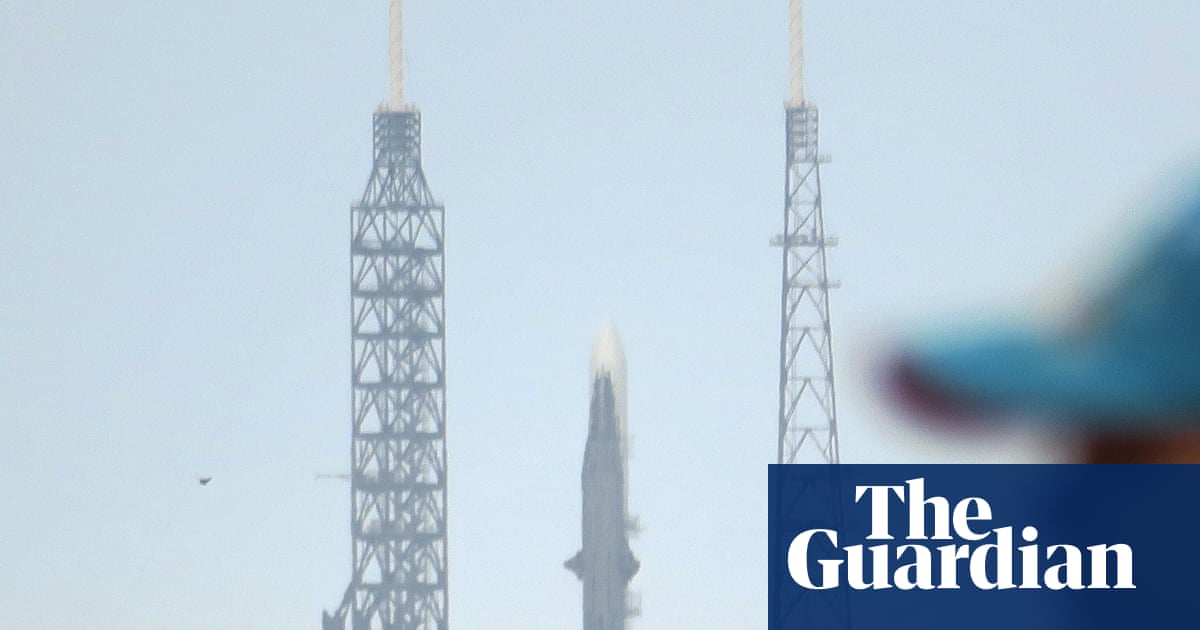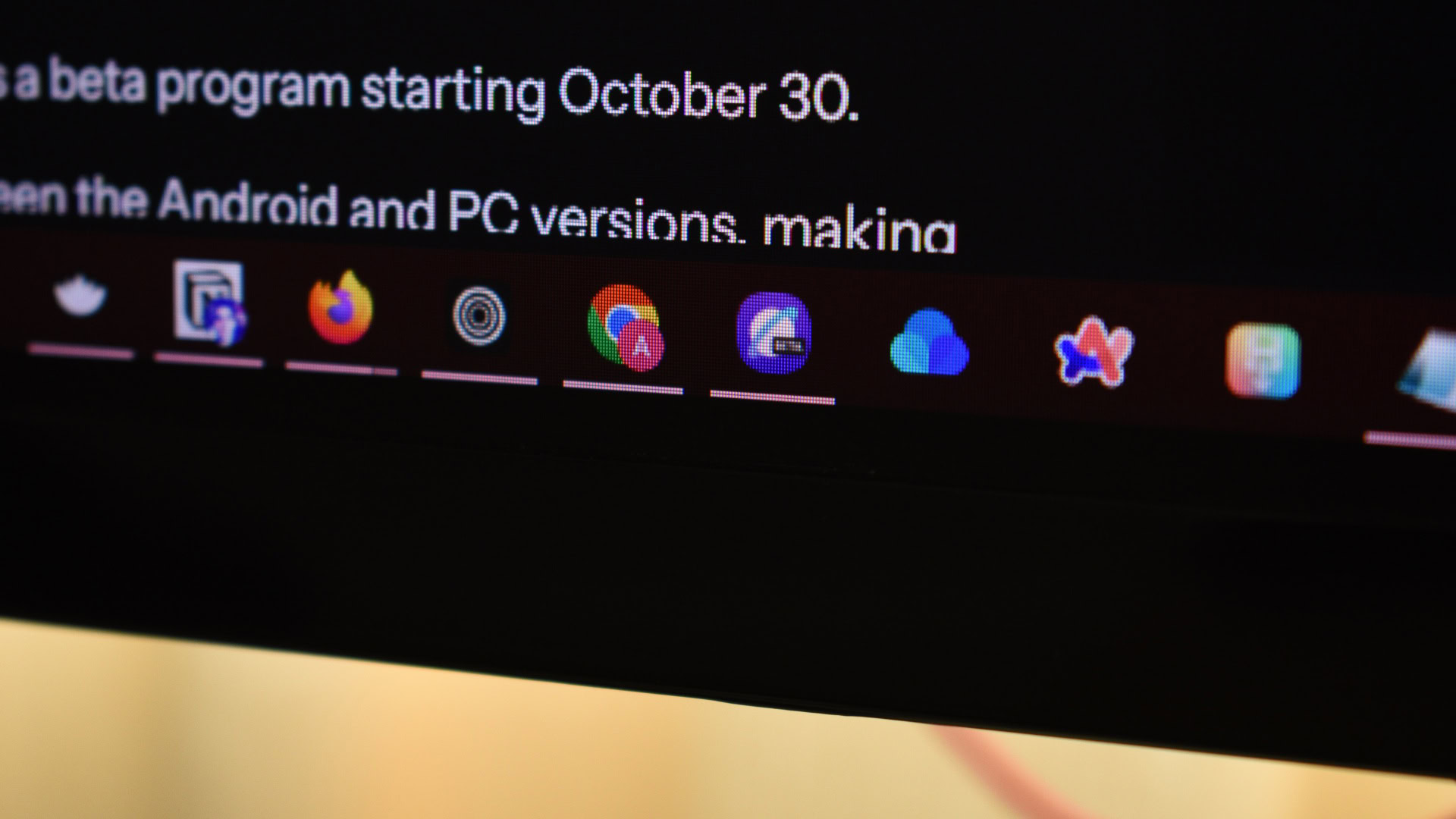In an unexpected twist, two Earth-based weather satellites, Himawari-8 and Himawari-9, have provided invaluable data on Venus, a revelation that could significantly enhance our understanding of the planet’s mysterious atmosphere. Initially designed to monitor Earth’s weather patterns, these satellites, operated by Japan, have instead delivered one of the longest multiband infrared records of Venus ever recorded. This accidental discovery has opened a new avenue for planetary science, particularly concerning the dynamics of Venus’ upper atmosphere. The team behind this breakthrough includes Gaku Nishiyama, a postdoctoral researcher at the German Aerospace Center (DLR) in Berlin. Nishiyama and his colleagues have since used these datasets to unravel atmospheric phenomena on Venus, offering new insights that challenge existing models.
Their findings were detailed in a recent study published in Earth, Planets and Space, where they demonstrated that the Himawari satellites, launched in 2014 and 2016, had inadvertently captured data on Venus’ thermal tides and Rossby waves, both of which are crucial for understanding the planet’s atmospheric behavior. This research marks a significant step forward in planetary science, as Earth-based satellites now provide complementary data that could enhance missions specifically designed for Venus exploration.
A Serendipitous Discovery: How Two Weather Satellites Opened a Window to Venus
The unexpected discovery of Venus in the data collected by Japan’s Himawari-8 and Himawari-9 satellites began almost by accident. Gaku Nishiyama, the lead researcher, recounts how the journey started: “This started by chance,” explained Gaku Nishiyama, a postdoctoral researcher at the German Aerospace Center (known by its German acronym, DLR) in Berlin in an interview with Space.com. “One of my best friends, who has a Ph.D. in astronomy and is a certified weather forecaster in Japan, found lunar images in Himawari-8/9 datasets and asked me to look.”
Initially, the focus was on studying the Moon using the Himawari satellites, testing their ability to capture temperature variations in the lunar surface. However, during this process, the team discovered other celestial bodies in the datasets, including Mercury, Mars, and notably, Venus. “During this lunar work, we also found other solar-system bodies, namely Mercury, Venus, Mars, and Jupiter, in the datasets. We were interested in what phenomena were recorded there,” Nishiyama explained.
Unveiling Venus’ Atmospheric Secrets Through Earth Weather Satellites
Using Earth weather satellites to study Venus might seem unconventional, but it has provided a wealth of new information about the planet’s atmospheric structure. The Himawari-8 and Himawari-9 satellites, originally designed to monitor Earth’s weather, inadvertently provided researchers with an opportunity to study Venus in great detail.
The critical discovery involves thermal tides, large-scale gravity waves that are driven by solar heating in Venus’ cloud layers. These waves, which propagate as vertical oscillations, are essential for transporting heat and momentum through Venus’ atmosphere. “Thermal tides are global-scale gravity waves excited by solar heating in the cloud layers of Venus,” Nishiyama explained. The Himawari data revealed how these waves vary over time, offering fresh insights into Venus’ atmospheric dynamics.
Exploring Venus’ Upper Atmosphere Through Unexpected Earth Satellites
The Himawari satellites’ observations of Venus’ atmosphere have not only enhanced our understanding of its dynamic weather but have also provided new perspectives on Rossby waves. Rossby waves, another crucial atmospheric phenomenon, are also observed on Earth. These waves are linked to variations in the Coriolis force at different latitudes and can provide insight into the long-term stability of Venus’ atmosphere.
Tracking how these waves evolve over time is essential for understanding Venus’ weather patterns, especially since data from other missions, such as the Akatsuki spacecraft, have shown that wind speeds and cloud reflectivity on Venus exhibit significant variations. Nishiyama noted that “Both types of waves are crucial for transporting heat and momentum through Venus’ atmosphere,” helping to understand the planet’s atmospheric behavior, particularly as changes play out over extended timescales.
How Earth Satellites Are Improving Venus Mission Accuracy
One of the most valuable contributions of the Himawari satellites’ unexpected observations is their ability to refine the data used in Venus-specific missions. Nishiyama’s team compared the data from Himawari with that from the Akatsuki Venus orbiter and other planetary missions, revealing potential inaccuracies in the latter’s instrument calibration. According to Nishiyama, “Our comparison between Himawari and LIR sheds light on how to recalibrate the LIR data, leading to a more accurate understanding of Venus’ atmosphere.”
This finding challenges the calibration of instruments like the LIR camera aboard Akatsuki, which has faced issues in providing accurate temperature readings of Venus. Nishiyama’s comparison provides a way to recalibrate this data, offering a more accurate understanding of Venus’ atmospheric structure, especially when combined with Himawari’s extensive multiband infrared data.
A New Era of Planetary Monitoring From Earth Orbit
While space exploration typically relies on dedicated planetary missions, the long-term observational capabilities of Earth satellites offer a unique advantage. Unlike spacecraft, which are limited to relatively short mission timelines, Earth-observing satellites such as Himawari continue to monitor distant planets for decades, filling in crucial gaps when planetary missions are not operational. Nishiyama emphasized the significance of this advantage: “Earth-observing satellites [like Himawari] are generally calibrated so accurately that they can provide reference data for instrument calibrations in future planetary missions.”
By offering long-term, continuous data, satellites like Himawari can enhance the accuracy of planetary research, even during periods when no dedicated spacecraft are orbiting a particular planet. This capability positions Earth weather satellites as vital assets for the ongoing study of planets like Venus, especially when no other planetary missions are available.
Source link

